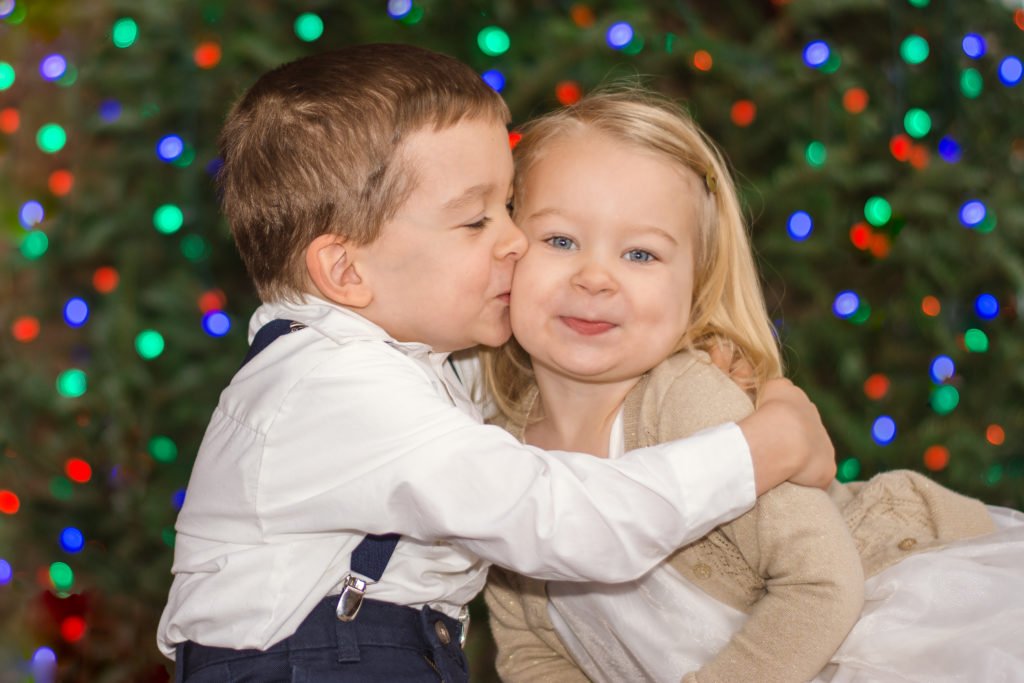Bad portrait photography can be the result of many different mistakes. But most of these mistakes are avoidable, and photographer’s can easily correct them with a bit of practice and knowledge. In this article, we will discuss 10 common bad portrait photography mistakes that photographers make, and how to avoid them.
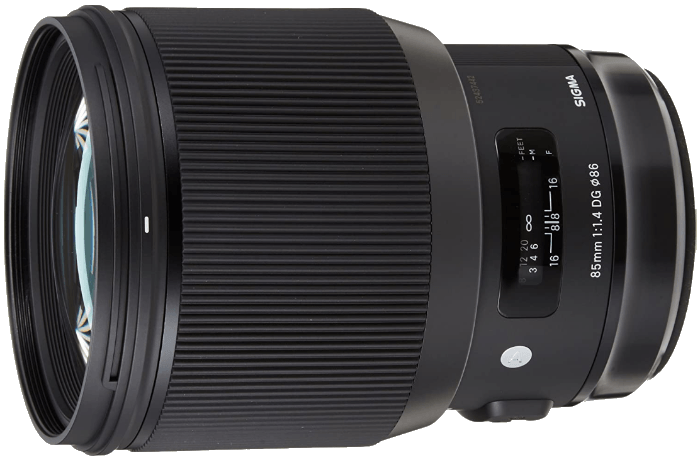
Bad Portrait Photography Mistakes and Their Impact on the Importance of Portrait Photography
My mistakes taught me the importance of patience, communication, and imagination. By learning from my own mistakes, I was able to develop my skills and learn new ones along the way.
The portrait photography mistakes I learned from others helped me avoid embarrassment and wasted time.
I want to share a few common portrait photography mistakes I’ve seen many photographers make. If you learn from them before you make them, you’ll find yourself improving in no time!
10. Giving the Same Instructions to Every Model
Before I took photos of other people, I photographed myself. Self-portrait photography helped me find my best angles, expressions, and poses. When I started shooting photos of other people, I found that what worked for me didn’t always work for others. This realisation transformed my mindset and my relationship with clients.
When you photograph others, give them the time and freedom to get comfortable. Make it clear that awkwardness and mistakes are more than okay. Let them know that you’re not expecting unattainable perfection.
I tell my models that the first few portraits won’t be the best and that they have time to find their best angles.
Your openness will make others feel comfortable to experiment with your creative ideas.
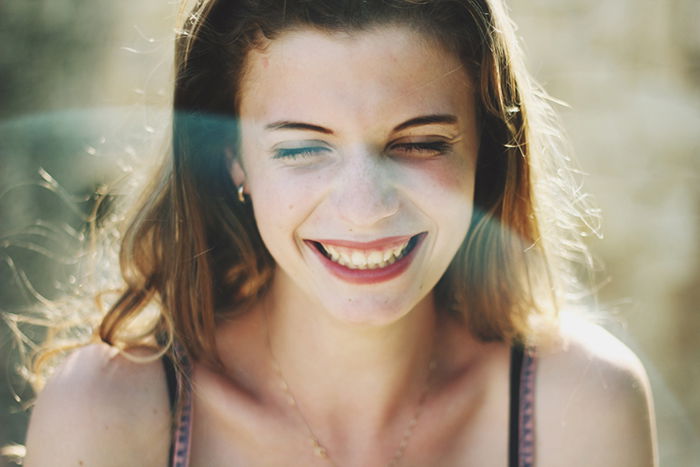
9. Diving Straight Into a Portrait Photo Shoot
Get to know your models before you photograph them. Find out about their interests, ambitions, and creative goals. Their answers will give you a better idea of how to approach your photo shoot.
Some models prefer to focus on posing. Others enjoy having conversations throughout a shoot. It is easier to take genuine portraits when you have a clear idea of what people are comfortable with.
Even if your models aren’t photographers themselves, listen to their ideas and opinions. Ask for help, give them visual references and listen to their thoughts.
Expressing interest in feedback shows that you’re more willing to collaborate than instruct. In turn, your models will get to know your creative aspirations. They will respect your views and help your visions come to life.
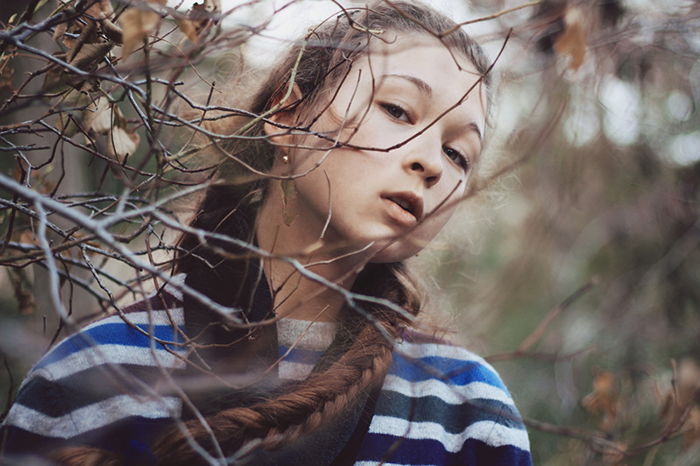
8. Using Autofocus All the Time
There’s nothing wrong with letting your camera focus for you. Autofocus often saves time and captures the perfect amount of details. It makes it easy to focus on other aspects of photography. But, it can become a nuisance when you want to create detailed compositions.
Portrait photography is far from simple. Portrait photographers like intricate details, dreamy foregrounds, and vibrant backgrounds. As beautiful as the results may be, they are too overwhelming for the autofocus feature.
To avoid blurry results, switch to manual focus. This will guarantee the sharpest results that will make your portrait gallery shine. And if you’re unfamiliar with manual focus, don’t be afraid of using it!
Though it will take some time to get used to it, you’ll be proud of your effort. Before you know it, you’ll be switching from autofocus to manual like a real pro.

7. Focusing on Your Favourite Look
We all come across poses, angles, and expressions that we can’t get enough of. These are impossible to resist, especially when everything else seems to be failing. Regardless of their allure, they’re unhealthy for you.
Focusing on favourite looks will stunt your creative growth. You will avoid experimentation and end up with boring results.
This doesn’t mean you shouldn’t be biased. But don’t get lost in your favourites and end up with hundreds of boring photographs.
Instead, appreciate your favourite angles, take a few photos of them, and move on. The more you experiment, the more new favourites you’ll discover. Your portraits will become more diverse.
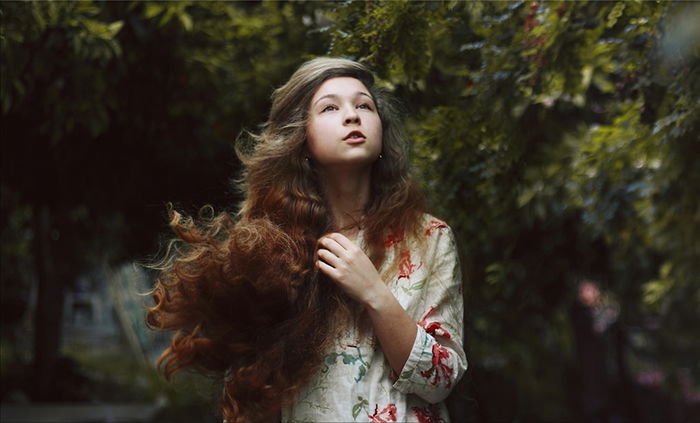
6. Overexposing
In the editing world, overexposing is much better than underexposing. But too much overexposure gets rid of details, colors, and tones.
If you overexpose your portraits in-camera too much, you’ll have trouble editing them. To avoid this common mistake, slightly underexpose your images when you get the urge to do the opposite.
Your in-camera results may not look appealing, but you’ll find it easier to edit them.

5. Letting Too Much Light In
Certain types of light are either too dull or too harsh for portraits. For example, midday sunshine isn’t recommended for soft portrait photos. Your results will look both harsh and unflattering.
Another cause of portrait photography mistakes is dull light on a cloudy day. If your models pose under a gloomy sky while looking straight into the camera, their faces look uneven. You’ll also get strange-looking compositions.
You can use any kind of light for shooting incredible portrait photos. But you have to manipulate it the right way. So, if you’re taking photos at noon, find a shade.
You can also take photos from a low angle so that your models block the sun.
If you want to take photos on a gloomy day, bring a reflector! This will light up your models’ faces and give them a pleasant glow.
Whatever you do, make sure you’re not letting too much light in. This will guarantee brilliant results.
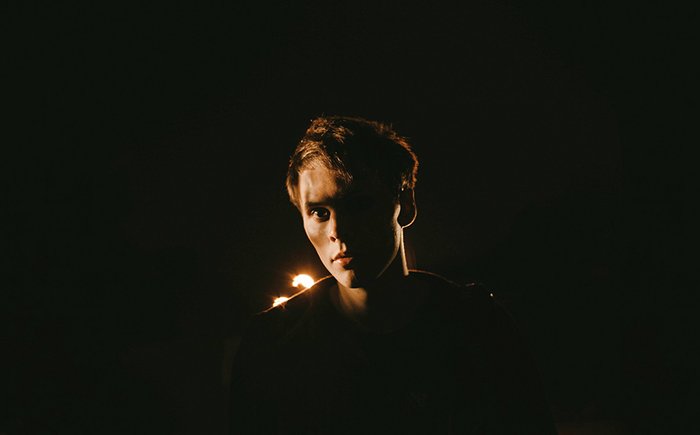
4. Avoiding the Dark
It’s easy to understand why the dark is so unappealing. A lack of proper lighting can make your subjects look frightening or unusual. But using a limited amount of light has its benefits.
To avoid taking dark and unflattering portraits, control whichever light source you have. If it’s too dark outside, use a torch, street lamp, headlights, or anything else you can find.
You can manipulate all these things to make your subjects look amazing.
When it comes to the dark, you might be afraid of increasing your ISO number. In today’s age, you can fix grainy photos with handy editing programs. They can also remain unedited and serve as beautiful cinematic pieces. Don’t be afraid of them!
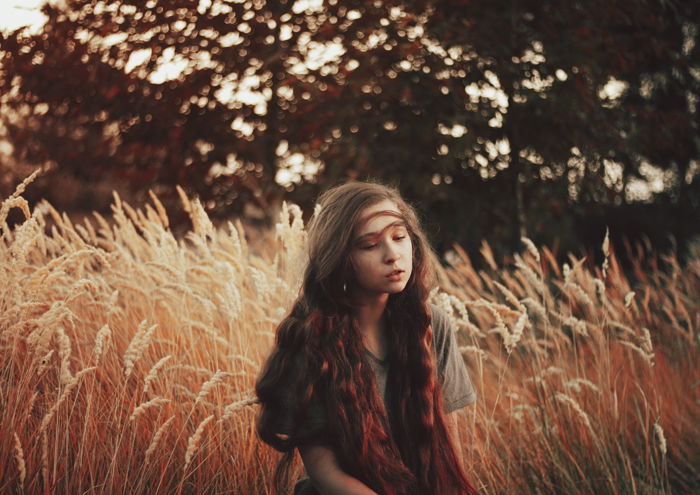
3. Capturing the Wrong Details
Details can add depth to a portrait, but they can also make subjects look less appealing. Portrait photographers like Cole Spouse capture subjects and backgrounds without ruining their compositions.
Other photographers, like Anastasia Volkova, prefer to separate their subjects from everything else.
The aperture (or f-number) you use depends on the kind of background you want in your photograph:
- If you want a soft background filled with bokeh, use a small f-number like f/1.4 and f/2. Make sure the background colors complement your subject. This way, you’ll get visually appealing results.
- If you want a sharp background, use larger f-numbers like f/16 and f/22. Unless you have a specific vision in mind, avoid busy backgrounds. If you do, your subjects will blend in and look unflattering. Instead, try shooting in front of simple backgrounds that complement your subjects’ clothes or pose.
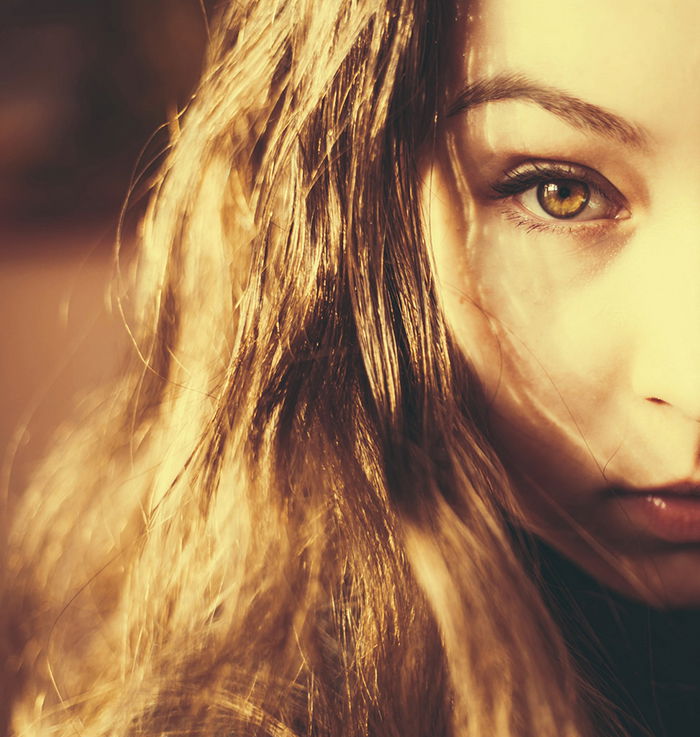
2. Getting Too Close to the Model
Closeup portraits are great for highlighting facial features and experimenting with new angles. However, you can’t take a closeup with any kind of lens.
Certain lenses, like the fisheye, will distort your subject’s face.
To avoid these common portrait photography mistakes, use portrait lenses. The Canon EF 85mm f/1.2L II USM is a good example Some telephoto lenses will capture a face without distorting features. An example is the Canon 70-200mm f/2.8L IS II USM.
Unfortunately, not every portrait photographer can afford such expensive lenses. If you want an easy alternative, crop your photographs.
To take the photo above, I used a Canon 5D Mark IV with a 50mm 1.8 lens. Then, I cropped it in Lightroom and created this closeup effect.
If you’re not going for the closeup effect but still get distorted portraits, take a few steps away from your subject. Even a single step back can make a huge difference.
This distance will help avoid any unnecessary warping.

1. Shooting in JPEG
If you want to take snapshots, JPEGs are more than okay. If you want to preserve as many details as possible, switch to RAW.
JPEG files are compressed in-camera. Lots of valuable image data gets removed. This means the editing process becomes much harder than it needs to be.
RAW files preserve a lot of image data. RAW portraits are richer in dynamic range and easier to color correct. You have to edit and convert RAW in specific programs like Adobe Camera RAW or Lightroom. They’re also much larger than JPEGs.
Though you should be aware of these cons, don’t let them intimidate you. RAW portraits will make your portfolio stand out in the best ways possible.
Conclusion
Now that you’re familiar with these common portrait photography mistakes, go out and experiment!
Use these tips to get out of your comfort zone. The more you practice, the easier it will be to take outstanding portraits.
Remember not to be afraid of portrait photography mistakes. When you make a mistake, note it and share it with other photographers. This way, you’ll be able to help other artists.
Looking for a fast way to edit your portrait photography? Try our preset collection! For more self-portrait photography inspiration, check 20 Up and Coming Portrait Photographers!

